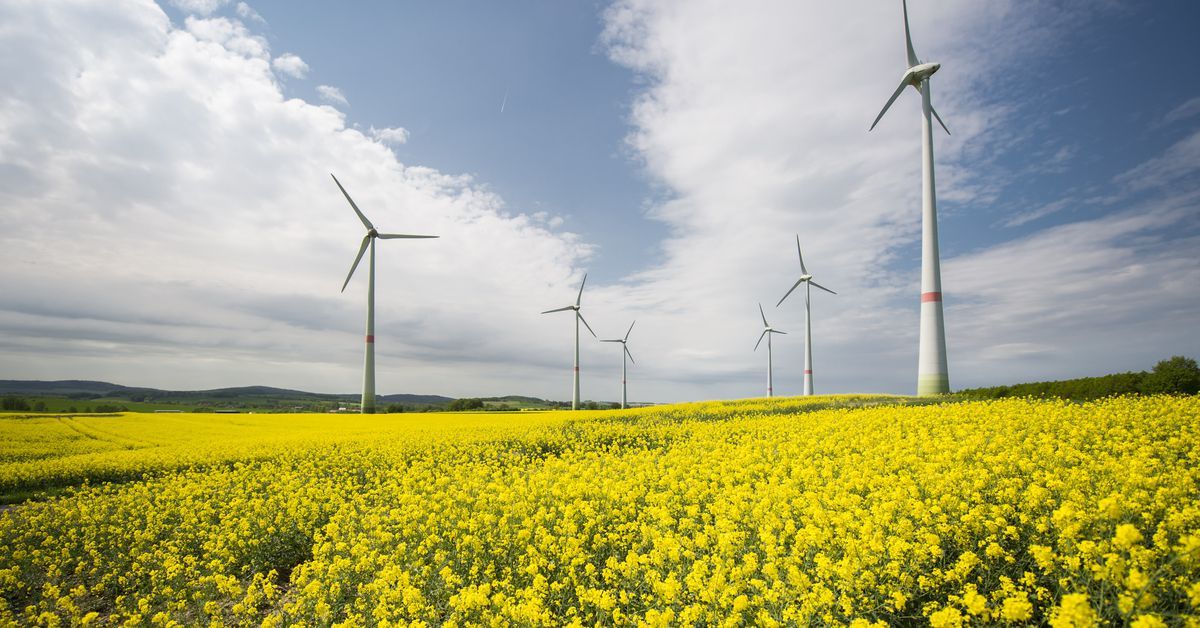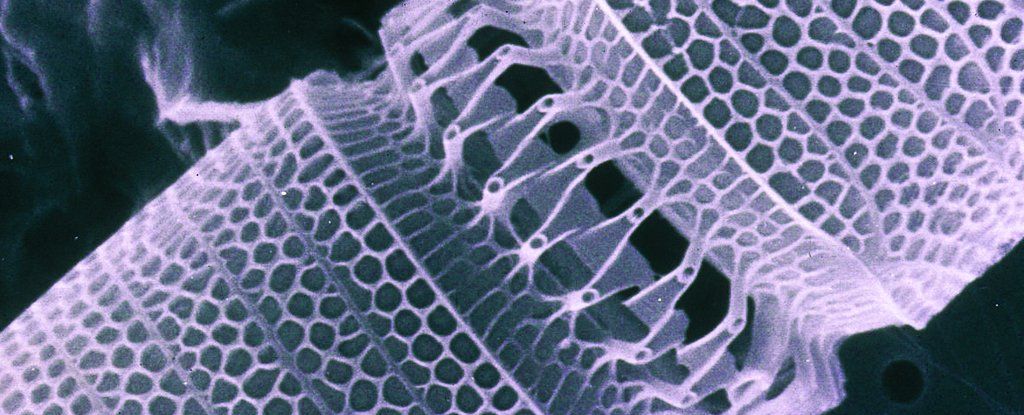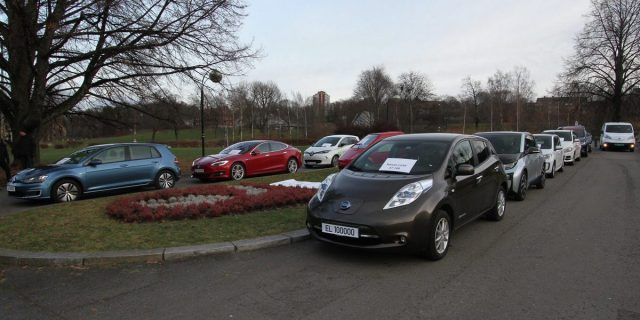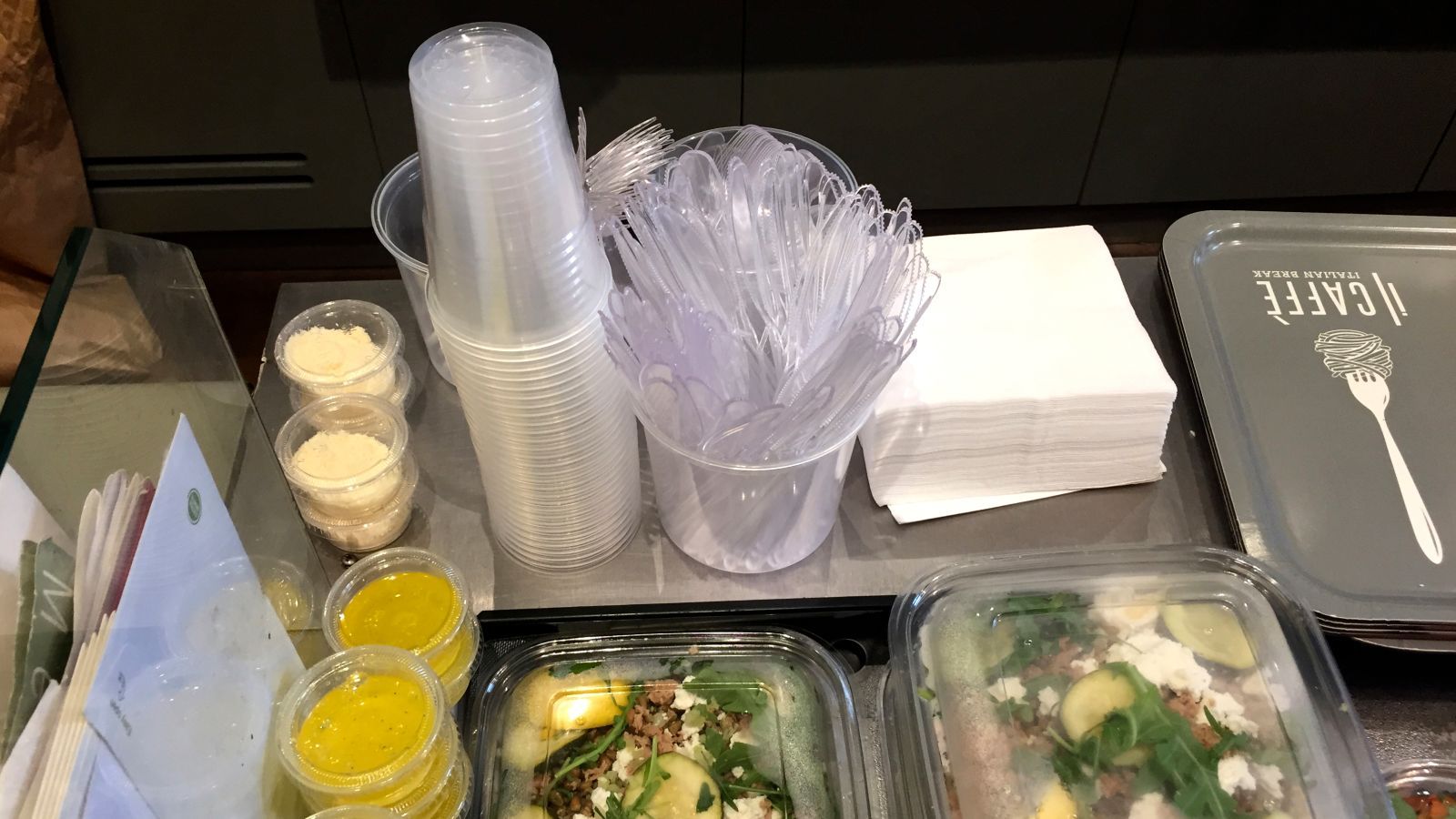It’s a philosophy best exemplified by Wood’s book released last month, Transcending Politics: A Technoprogressive Roadmap to a Comprehensively Better Future, which starts by declaring politics “broken,” technology as something that “risks making matters worse,” and deems transhumanism the force that can fix it all “comprehensively”:
David Wood, a transhumanist who co-founded Symbian in 1998, is working to develop a transhumanist superdemocracy that uses the best parts of artificial intelligence and communication to draw on the likes of Zoltan Istvan and Peter Thiel in a new movement to create longevity and sustainable abundance for all.






